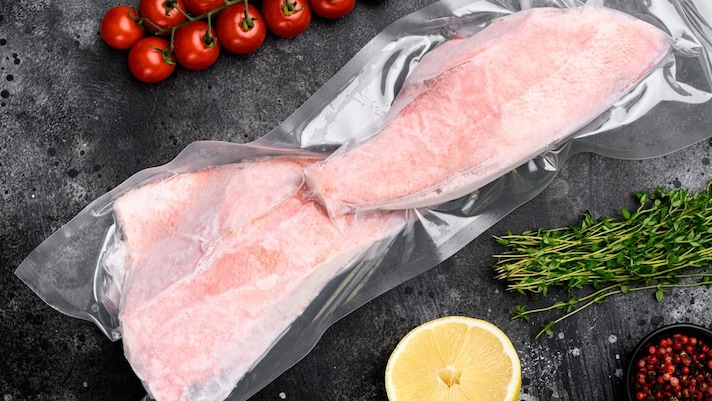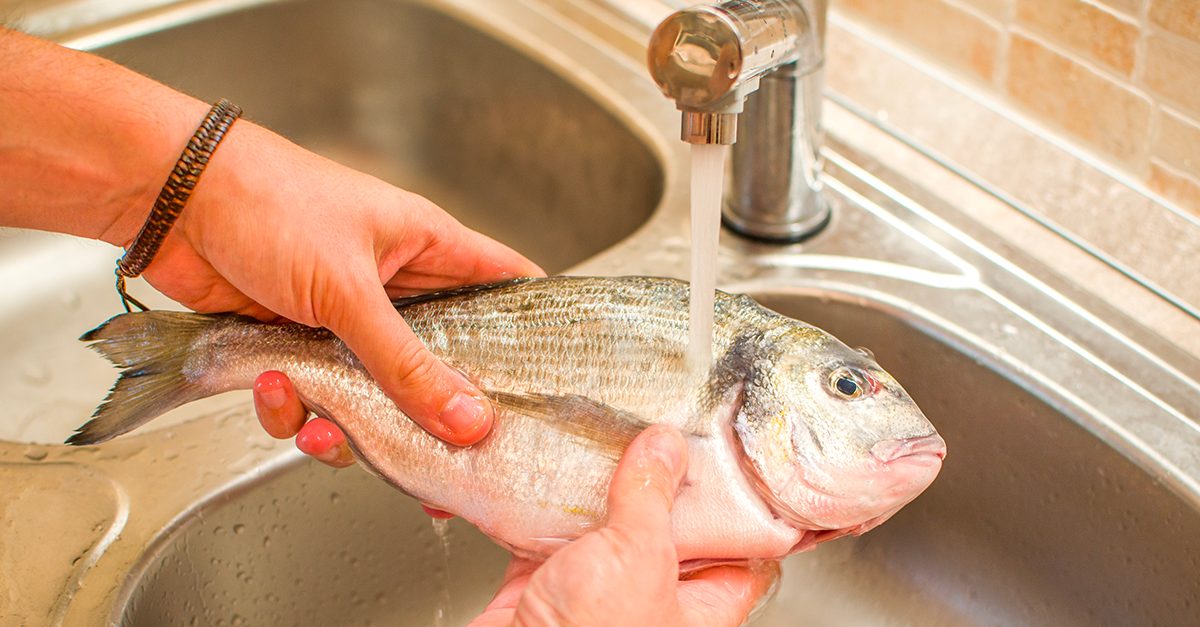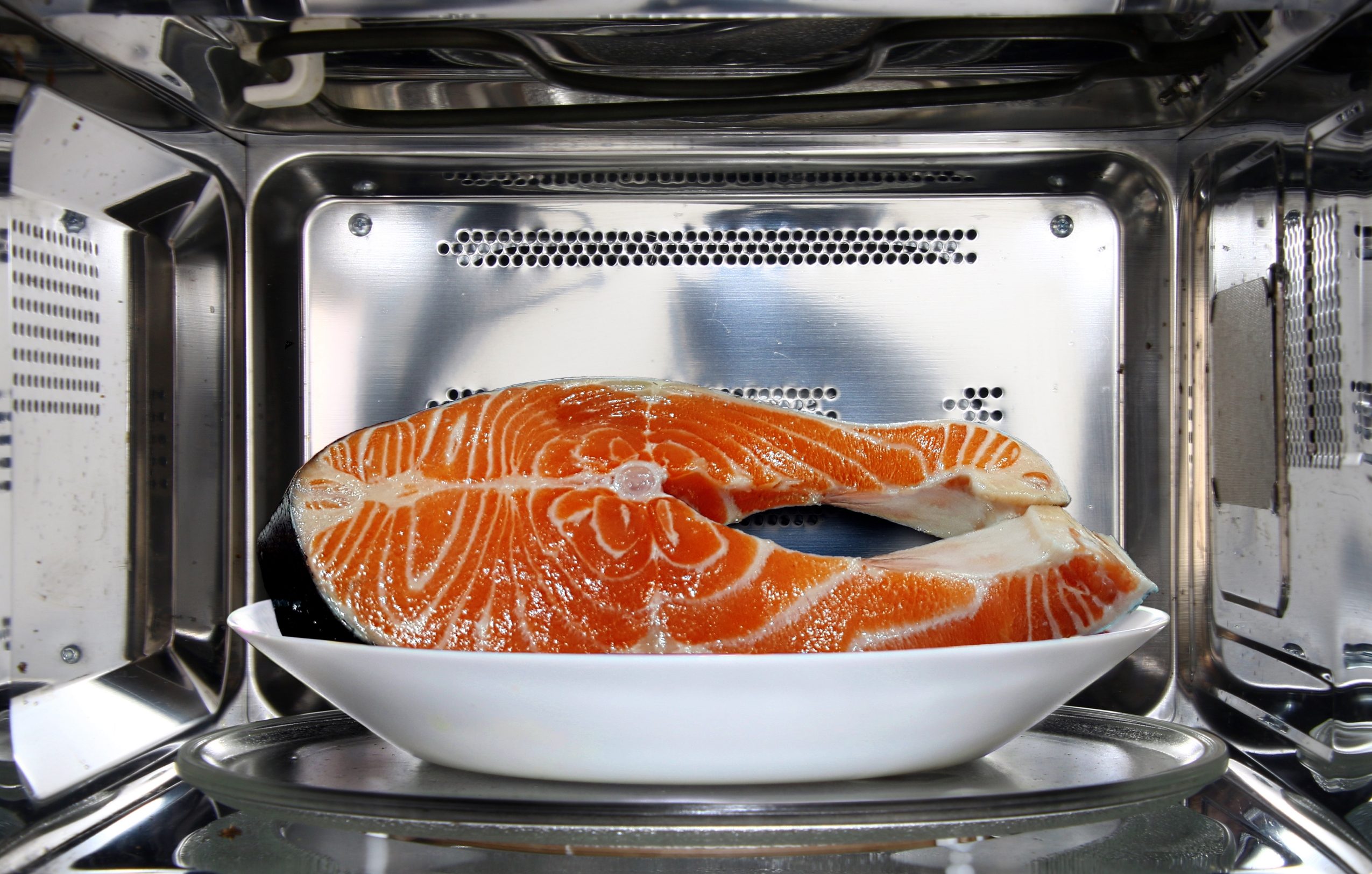Why You Should Never Let Frozen Fish Thaw Inside of Its Vacuum-Sealed Package
Vacuum-sealed frozen fish is convenient and long-lasting, but thawing it in its package can risk botulism, a dangerous bacterium. Always remove the packaging before thawing. If you accidentally thaw fish in its package, discard it if there's any doubt about its safety. Thaw fish in the refrigerator or under cold water, never at room temperature.

Vacuum-sealed frozen fish is a marvel of modern food preservation. It allows for easy portioning, convenient storage in the freezer, and impressive longevity. You can keep fish fresh for months, knowing it will retain its flavor and texture when you're ready to cook it. Have you noticed that, on the package, sometimes they tell you to remove the fish before thawing it? That's because there's a significant risk involved in thawing this frozen fish while it's still inside its vacuum-sealed package.
The Hidden Danger of Botulism
The biggest risk of thawing fish inside its vacuum-sealed package is botulism. This nasty little bacterium thrives in low-oxygen environments, which is precisely what vacuum-sealed packaging provides. When you thaw the fish in this sealed environment, you’re giving botulism the perfect conditions to multiply, potentially leading to serious food poisoning. Symptoms of botulism can be severe and include nausea, vomiting, fatigue, and even paralysis. It's a high-stakes game of bacterial Russian roulette that you definitely don’t want to play.

To Refreeze or Not to Refreeze
So, you’ve thawed your fish correctly outside of its vacuum-sealed package, but plans changed and you can’t cook it right away. Can you refreeze it? The answer is yes, but with caution. Refreezing fish can impact its texture and quality, making it a bit mushy when you finally do cook it. To minimize this, try to refreeze fish only once and ensure it has been kept at a safe temperature throughout the thawing process. Remember, each freeze-thaw cycle can degrade the quality, so aim to cook it as soon as possible for the best results.
Oops, I Thawed It in the Package! What Do I Do Now?
If you’ve accidentally thawed your fish inside its vacuum-sealed package, don’t panic just yet. The first thing to do is to inspect the fish. If it still smells fresh and shows no signs of spoilage, you might be in the clear, but it’s better to be safe than sorry. Cooking the fish thoroughly can kill most bacteria, but it won’t destroy botulism toxin if it’s already formed. When in doubt, it’s safest to discard the fish to avoid any health risks.

How to Thaw Fish the Right Way
To thaw vacuum-sealed fish correctly, remove it from the packaging first. Place the fish in a covered container in the refrigerator to thaw slowly and safely. If you’re in a hurry, you can use the cold water method: submerge the fish in its packaging in a bowl of cold water, but be sure to change the water every 30 minutes to keep it cold. This method speeds up the thawing process while keeping the fish at a safe temperature. Never use warm water or leave it on the counter, as this can promote bacterial growth.
;Resize,width=767;)
;Resize,width=712;)
;Resize,width=712;)
;Resize,width=712;)
